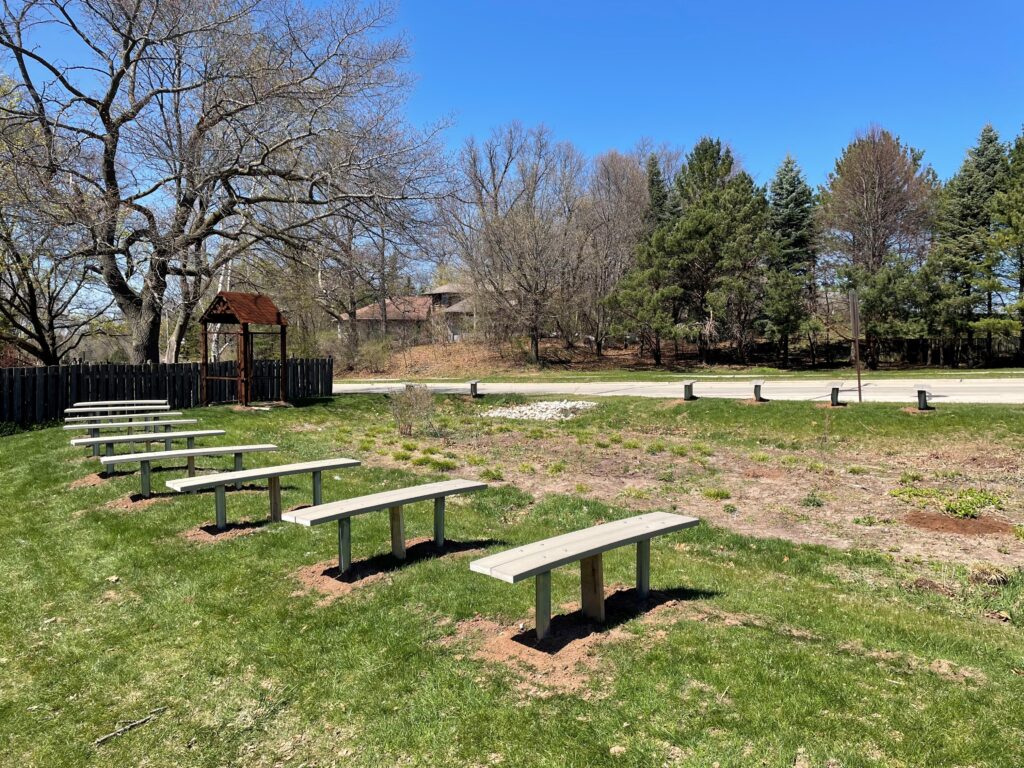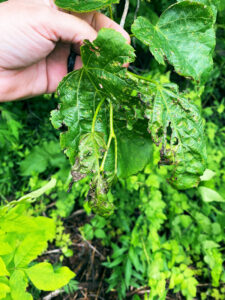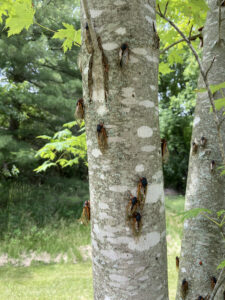Proper tree planting requires a lot of decision-making, and one of the most crucial decisions is which species and age are the most appropriate and cost-effective to plant. The Wisconsin Department of Natural Resources (DNR) Reforestation Program is taking some of the unknowns out of that process by giving landowners and property managers an early peek at the seedlings we anticipate having available in fall 2024 for planting in spring 2025.
This list is preliminary, as some species may be added, adjusted or removed depending on health, growth and other factors as the growing season progresses.
The listed tree and shrub seedlings will be available to purchase starting Monday, Oct. 7, 2024. Though we expect high demand, we anticipate having a variety of species and ages available to all customers.

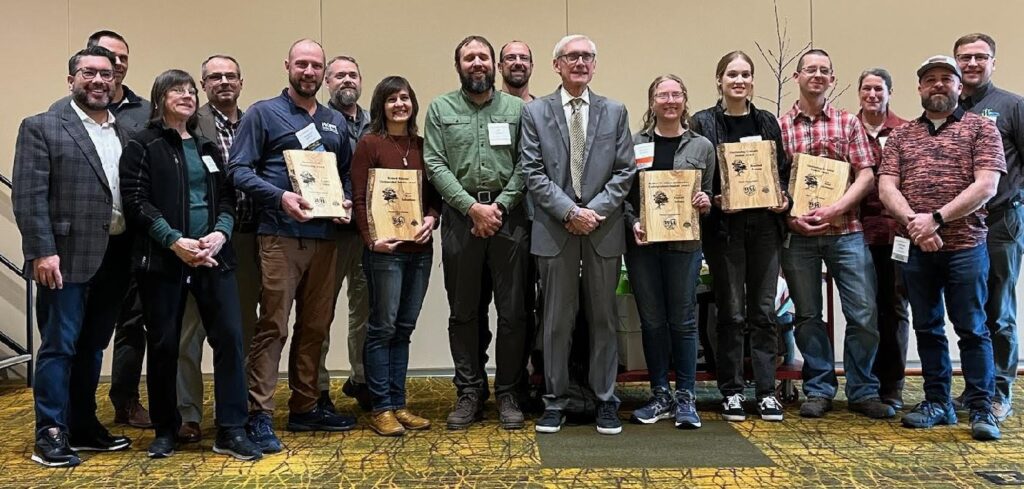
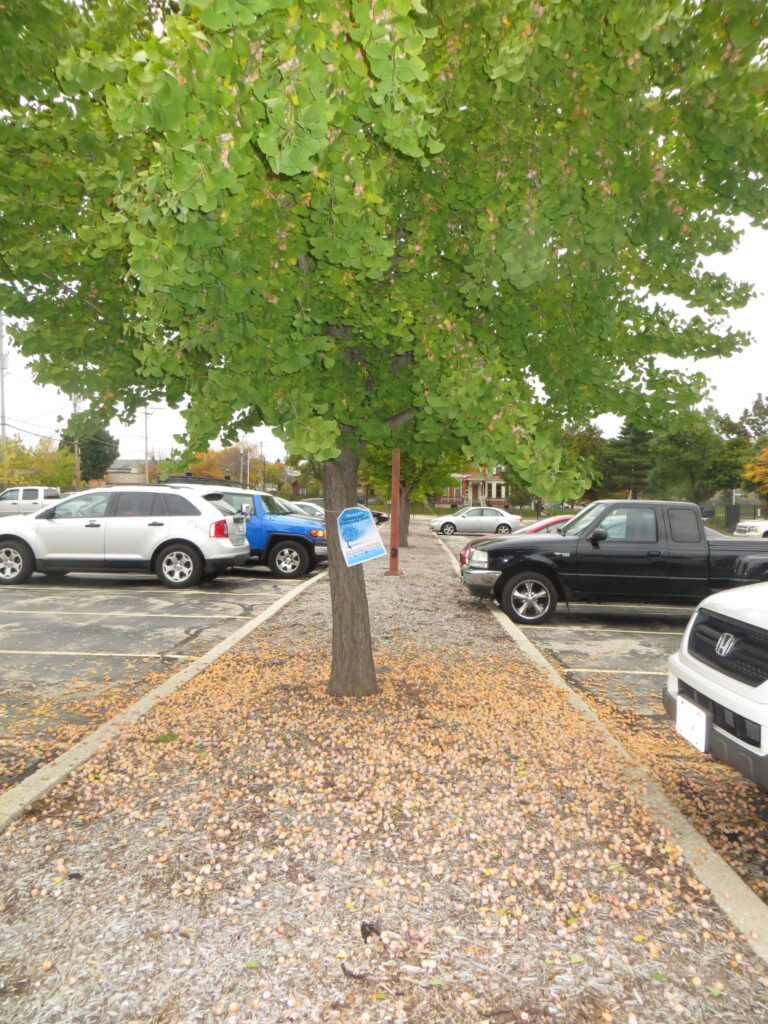 Cities, villages, towns, counties, tribes and 501(c)(3) nonprofit organizations in or conducting urban forestry projects in Wisconsin can now apply for a regular or startup 2025 Wisconsin Department of Natural Resources (DNR) Urban Forestry Grant.
Cities, villages, towns, counties, tribes and 501(c)(3) nonprofit organizations in or conducting urban forestry projects in Wisconsin can now apply for a regular or startup 2025 Wisconsin Department of Natural Resources (DNR) Urban Forestry Grant.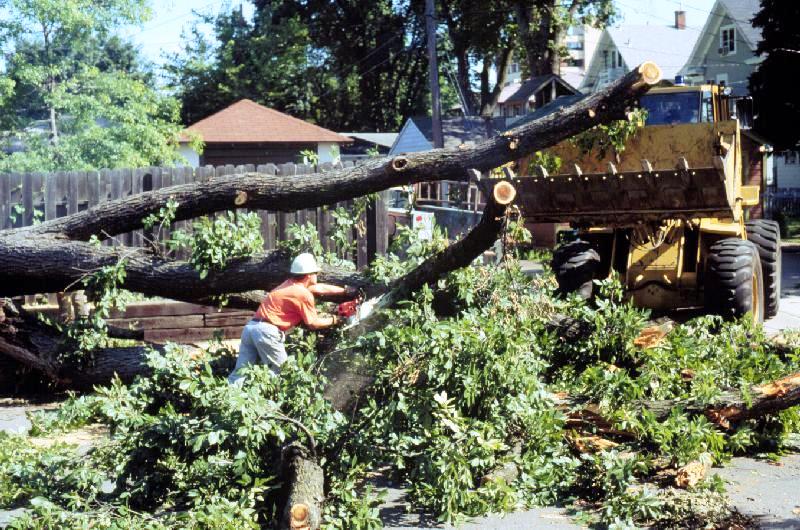 The Wisconsin Department of Natural Resources (DNR) is now accepting applications for Wisconsin Urban Forestry Catastrophic Storm Grants.
The Wisconsin Department of Natural Resources (DNR) is now accepting applications for Wisconsin Urban Forestry Catastrophic Storm Grants.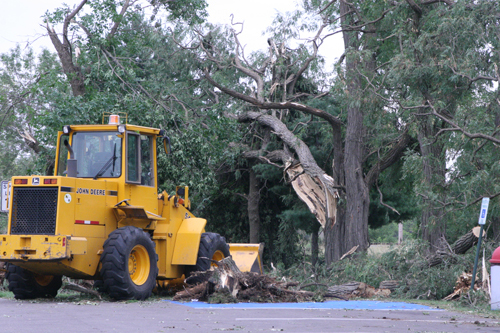 Severe weather can destroy Wisconsin communities and result in hefty cleanup costs. While public works budgets and insurance may cover some expenses, the costs might exceed available funding.
Severe weather can destroy Wisconsin communities and result in hefty cleanup costs. While public works budgets and insurance may cover some expenses, the costs might exceed available funding.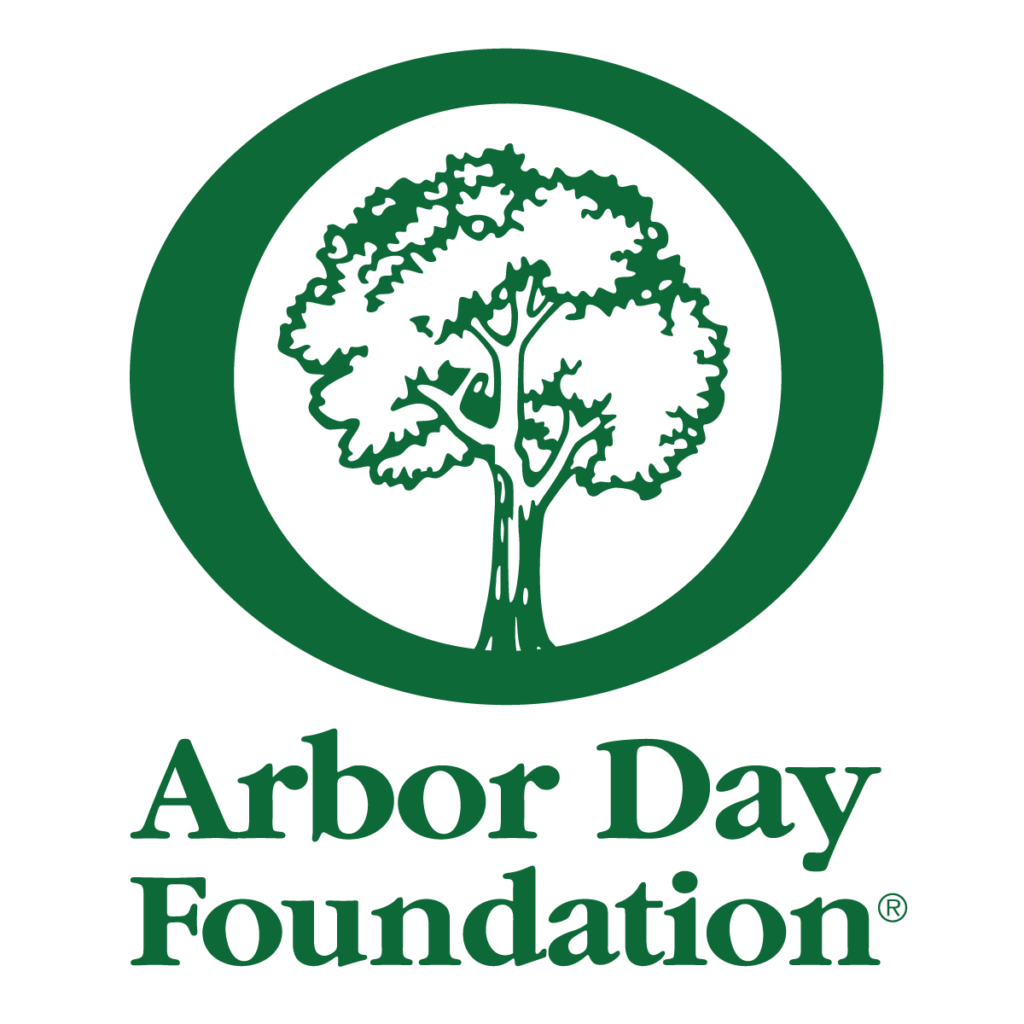 Applications for funding through the
Applications for funding through the 